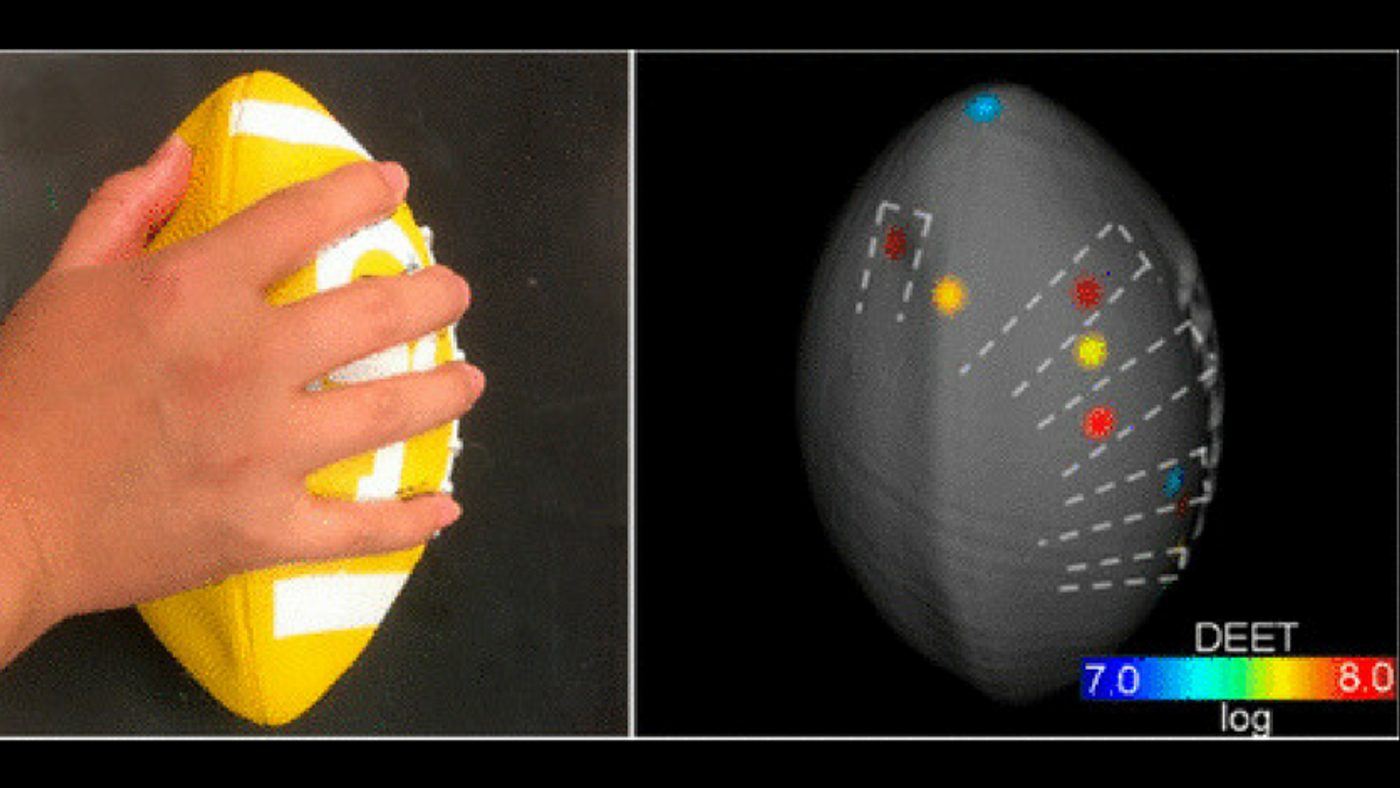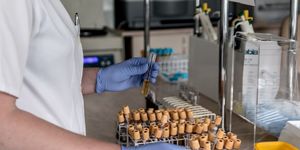New Mass Spec Allows Chemical Profiling on 3-D Surface
Mass spectrometry (MS) is a sensitive and versatile analytical technique that can detect, identify and quantify test molecules by measuring their unique mass and ionic charge signature. Nowadays it has become indispensable across a broad range of fields, from protein and genome research to drug discovery and clinic testing; from environmental and atmospheric monitoring, to petroleum industry and geology exploration.
Researchers from Georgia Tech and MIT have developed new equipment that combines robotics and MS. This invention allows its operator to analyze the chemical species that are present at the surface of any odd-shaped objects.
Mass spectrometer functions by ionizing a tiny fraction of the test sample and sorting the ions based on their mass-to-charge ratio. Depending on the physical state, sample molecules can be ionized by electron and chemical ionization if they come in the form of gases and vapors, or electrospray ionization and matrix-assisted laser desorption/ionization (MALDI) if they are liquid or solid.
To sample molecules that are present on a solid surface, the current MS technologies can only work on smooth, planar surfaces. For those that can work with the non-planar surface, the involvement of a human tester is required to a certain extent.
In a 2014 study, Facundo M. Fernández, a chemistry professor of Georgia Tech, and colleagues used a 3-D infrared camera to direct a robotic arm that is attached with an acupuncture needle-probe to collect samples for MS analysis. Their then focus was rock chemistry, with the intention to sample and analyze the reaction products with their robotic system. "We really want to look at rocks," Fernandez said in an internal interview. "We want to do reactions on rocks and granites and meteorites and then see what can be produced on the surface."
In their current work, the researchers expanded on their original idea to allow direct surface sampling of irregularly shaped 3-D objects, by creating a device called Robotic Surface Analysis MS (RoSA-MS). A custom-built laser scanner and a spring-loaded sampling probe were installed onto the force-sensing robotic arm. Before any sampling, the scanner creates a 3-D surface map of the test object, which helps guide the probe to the sampling spots of interest. Through a brief contact, a trace amount of sample is collected and transferred over to MS part of the device for electrospray ionization. With the combined use of the laser scanner and robotic arm, operators of the machine can tailor the sampling process for a specific application.
Their work was reported in a recent paper published in the journal Analytical Chemistry.
The researchers hope that their second-generation technology could be applied to many different fields such as food industry, forensics, chemical reaction monitoring. In an earlier interview, Fernández, the senior author and team leader, suggested the robot-mass spec combo might be useful to dermatologists who often probe lesions on the skin, which have distinct molecular signatures depending on if the lesion is a tumor or normal skin tissue.
Robotic Arm Probes Chemistry of 3-D Objects by Mass Spectrometry Credit: Georgia Tech
Source: American Chemical Society










